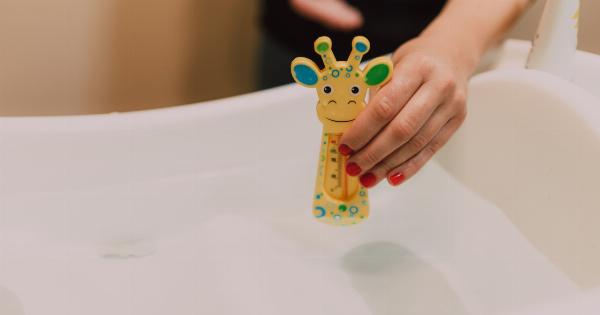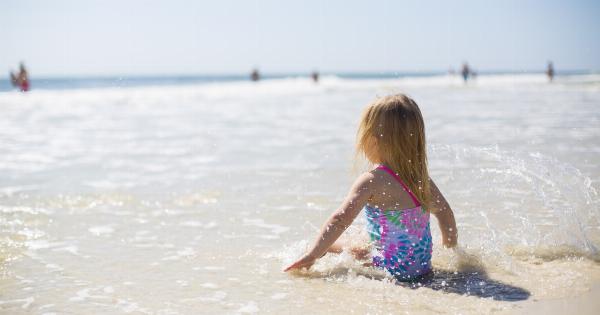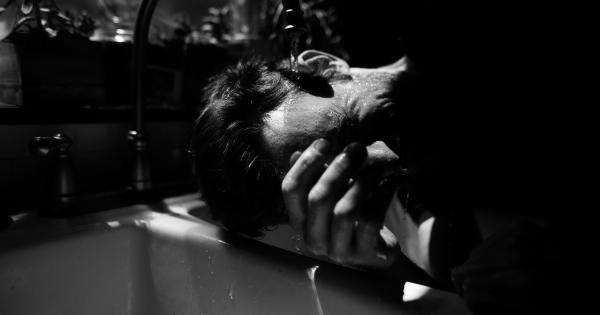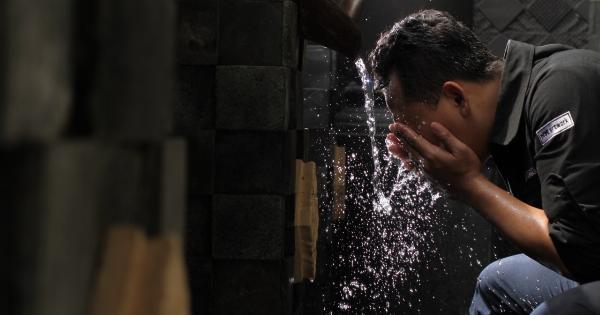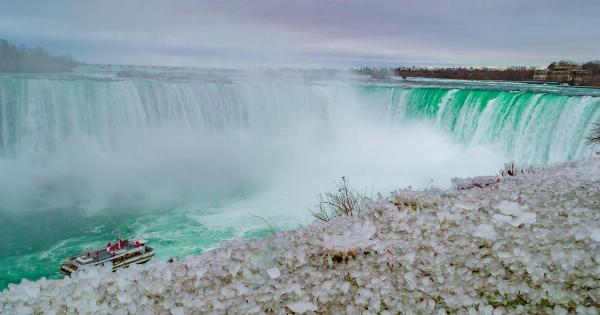Water is a vital component for survival, and we use it for various purposes. It is a universal solvent and can dissolve almost anything, making it a perfect cleaning agent.
However, cleaning only removes dirt and debris, and does not ensure the elimination of harmful bacteria and viruses. For that, water needs to be heated to a certain temperature, that eliminates germs. In this article, we will discuss how hot does water need to be to kill germs.
What is the boiling point of water?
Before delving into the temperature required to kill germs in water, we need to understand the boiling point of water. Boiling point is the temperature at which a liquid changes its state from liquid to vapor.
In the case of water, its boiling point is 100°C or 212°F at standard atmospheric pressure. When the temperature rises, the water molecules become more energetic and move faster, causing them to escape from the surface and forming steam.
What temperature kills most germs?
Studies have shown that the temperature range between 60°C to 70°C (140°F to 158°F) is the most effective in killing germs and bacteria. At this temperature range, most harmful microorganisms are eliminated within a few seconds of exposure.
Furthermore, this temperature range is widely accepted as safe for household use and does not pose a risk of scalding.
What temperature kills all bacteria in water?
While 60°C to 70°C is sufficient to eliminate most of the germs in water, some bacteria require higher temperatures to be killed. For instance, the bacteria that cause Legionnaires’ disease can only be killed at temperatures above 60°C.
Generally, bacteria start to die at temperatures above 70°C (158°F), and at around 100°C (212°F), water is considered sterile. However, such high temperatures are rarely used in households due to safety concerns.
What is the minimum temperature to kill harmful bacteria?
The minimum temperature to kill harmful bacteria is 60°C (140°F). At this temperature, most of the bacteria and viruses that cause water-borne illnesses are eliminated within a few seconds.
For instance, the bacteria that cause salmonella and E.coli can be killed within a few seconds of exposure to 60°C water.
How long does it take to kill germs?
The time it takes to kill germs in water depends on the temperature and the type of microorganism. As a general rule, the higher the temperature, the faster the bacteria are eliminated. However, some bacteria are more tolerant of heat than others.
Therefore, it is recommended to allow at least one minute of exposure to hot water to ensure that most of the germs are killed.
What is the best temperature for dishwashing?
The best temperature for dishwashing depends on the dishwasher and the detergent used. However, most dishwashers come with a hot water setting that heats the water between 60°C to 70°C (140°F to 158°F).
At this temperature, the detergent is most effective in removing food particles and grease. Furthermore, the high temperature also helps to kill most of the germs, ensuring that the dishes are hygienic.
Does cold water kill germs?
No, cold water does not kill germs. In fact, cold water provides a favorable environment for many bacteria and viruses to grow and multiply. Therefore, it is recommended to use hot water for cleaning and disinfecting purposes.
Conclusion
Water is an essential component for cleaning and disinfecting, but it needs to be heated to a certain temperature to kill germs.
The temperature range between 60°C to 70°C (140°F to 158°F) is the most effective in eliminating most of the harmful microorganisms, but some bacteria require higher temperatures to be killed. It is recommended to allow at least one minute of exposure to hot water to ensure that most of the germs are killed. Cold water does not kill germs, and therefore, hot water is preferred for cleaning and disinfecting purposes.

